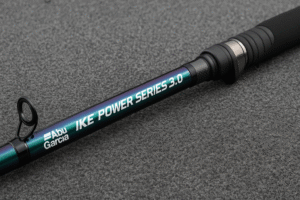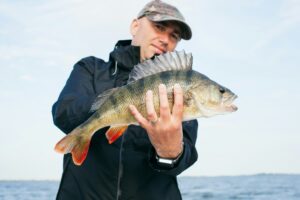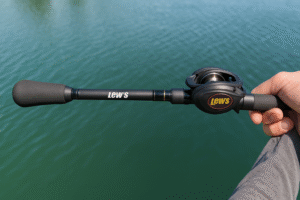The Thrill of Topwater Bass Fishing: Tips and Techniques
If you ask any angler about the most exhilarating way to catch bass, the answer will likely be “topwater fishing.” From my own adventures, I’ve laughed and cheered so wildly that my fishing buddies once feared I’d collapse from sheer excitement!
While topwater lures may not always guarantee a high catch rate compared to other methods, they’re indispensable when the water erupts with fleeing baitfish. Few sights rival bass exploding on a surface lure, making every moment on the water unforgettable.
I’m convinced bass can be tempted by topwater offerings throughout the day. Carrying a varied selection of lures is key, as switching between them to match the fish’s shifting behavior often makes the difference between a slow day and a memorable haul.
Gear Essentials
My go-to setup is a 6.5- to 7-foot baitcasting rod paired with 15lb test line. One critical tip: Always upgrade the hooks on store-bought lures to high-quality options like Gamakatsu. Cheap hooks can bend, snap, or fail to penetrate, costing you trophy fish. Trust me—I’ve learned this the hard way!
Buzzbaits: The Splashy Attractor
I typically start with a buzzbait, which comes in various blade configurations (single, double, treble, or in-line). Smaller models are my preference, though larger 6- to 8-inch versions with noisy blades can also shine. A properly tuned buzzbait shouldn’t track straight—it should zigzag, mimicking erratic prey. Adjust the blade’s angle to create more splash and commotion, which draws aggressive strikes.
Begin with a fast retrieve. If no bites follow, gradually slow down until bass reveal their preference—often signaled by a swirl near the lure. This is their way of saying, “This speed works!”
Poppers: The Precision Tool
Poppers, with their cupped faces, create a signature “pop” and spray water when jerked downward. Size and color matter here. On sunny days, match the local baitfish’s appearance (“matching the hatch,” as fly fishers say), since light reflects off the lure’s body. On cloudy days, focus on silhouette over color. If fish swirl but don’t commit, switch to a floating worm (more on that later).
Walking the Dog with Spook Baits
Cigar-shaped lures like the Zara Spook or Zara Puppy excel with a “walk-the-dog” retrieve—a rhythmic twitch-and-pause motion that mimics injured prey. I often upgrade these lures to 2/0 hooks for better hooksets. Cast directly into surface-feeding frenzies where bass chase shad, but keep your distance to avoid spooking the school.
Casting Practice: Hit Your Mark
Accuracy is non-negotiable. A misplaced cast wastes time and opportunities. Practice in your yard using a rubber weight and targets like buckets or tires. An hour daily hones precision, ensuring you land lures where they count.
Patience Pays: Setting the Hook
When a bass strikes, resist the urge to jerk immediately. Let the fish take the lure, feel its weight, then set the hook. I mentally count “one… two… three” before striking. Rushing often yanks the lure right out of their mouths.
Spinnerbaits and Jerkbaits: Versatile Options
These lures can also trigger surface strikes. Start with a fast retrieve, then adjust speed based on the fish’s response. Let their behavior guide your technique.
The Floating Worm Secret
When traditional topwaters fail, a brightly colored floating worm (pink or yellow) can save the day. If bass swirl at your buzzbait or popper but refuse to bite, pitch this subtle alternative. They’ll often inhale it without hesitation.
Topwater fishing blends skill, observation, and adaptability. By tuning into the bass’s cues and rotating lures to match their mood, you’ll turn those heart-pounding surface strikes into landed fish. Keep experimenting, stay patient, and savor every explosive moment—it’s what makes topwater fishing an unmatched adrenaline rush!





